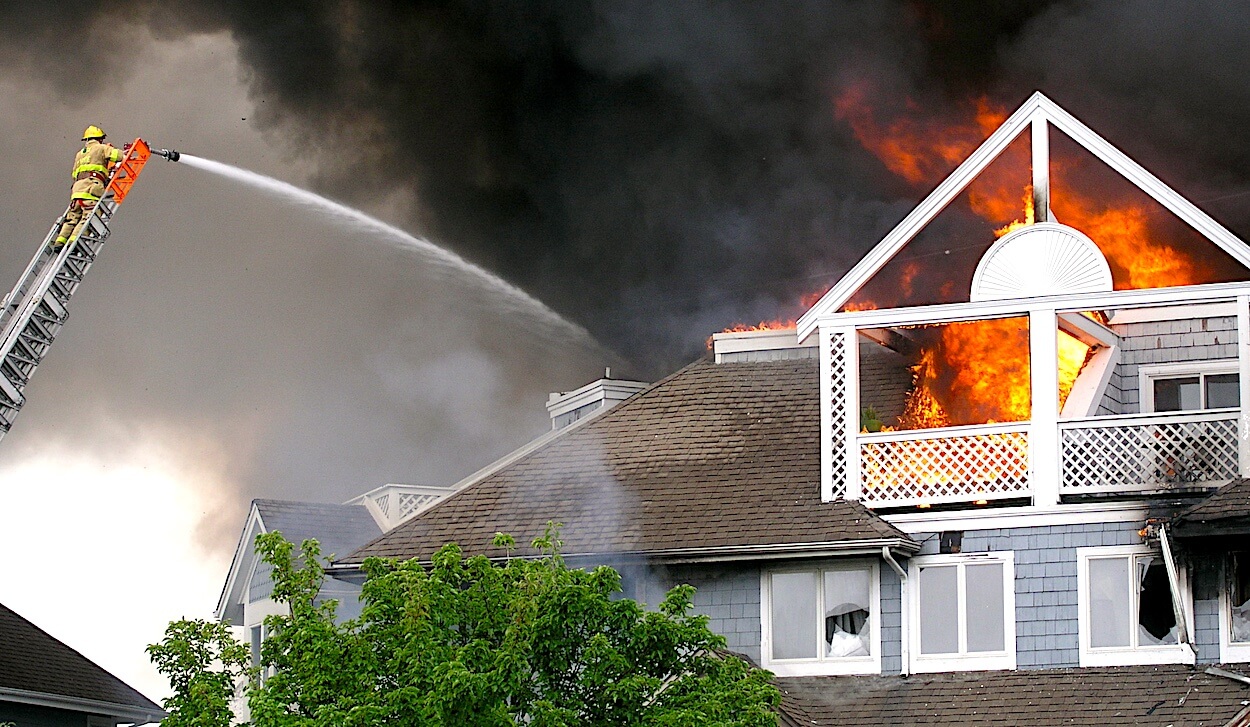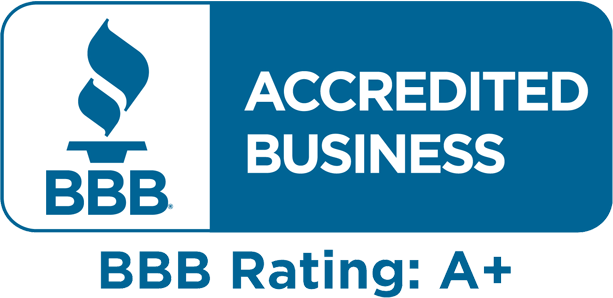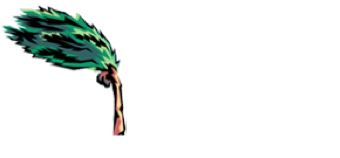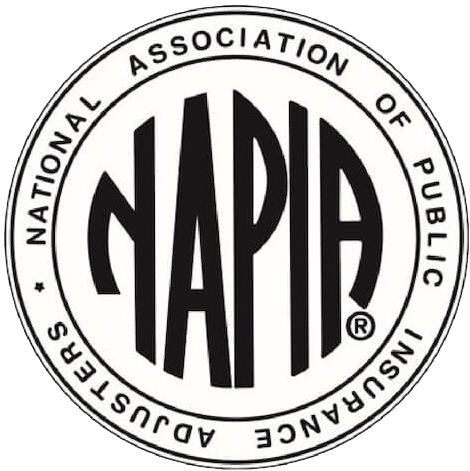4 Surprising Damages From Fire Loss Insurance Claims
Fire damage to a home or business is devastating. Aside from structural damage and loss of contents from a fire, there are often other damages as a result of the fire, that should be considered when dealing with a fire loss insurance claim.

With wildfires increasing across California and much of the western United States, more policyholders are constantly, and often suddenly, finding the need to attain more understanding of fire damage coverage and insurance claims. Fire damage can wreak havoc on your property, but many are surprised by other damages caused when handling fire loss insurance claims.
Smoke and soot, for example, can cause just as much damage as the fire itself – even if it was a small fire.
Today, we’re highlighting some of the most surprising types of damage caused by house fires – and how to ensure they get covered on your fire loss insurance claims. For a full set of in depth tips and the process for fire insurance claims, be sure to also check out our fire insurance claim tips here.
1) Smoke & Soot Damage
Smoke and soot damage is the most common source of damage from a fire damage insurance claim (aside from the fire itself). Smoke and soot can cause damage throughout your home, increasing repair costs by thousands.
Many are surprised to find smoke and soot damage in other areas of their home after a fire. Even if a fire was in your kitchen, for example, smoke and soot damage could spread throughout your home.
The most common signs of smoke and soot damage include:
- Odors
- Stained fabric and upholstery
- Paint discoloration
- Health issues, like a hoarse voice, difficulty breathing, irritated eyes and skin, and unusual headaches
- Flooring damage
- Pitting, corrosion, and rust on metal surfaces (like pipes or jewelry)
Like fire damage, smoke and soot damage requires quick action. Your insurance policy will cover the cost of repairing or replacing this damage in your home. However, you need to document it for your insurance company.
Remember: airborne soot particulate is invisible. We all know what smoke looks like, but soot can cause serious and hidden damage throughout your home.
You may experience health problems associated with smoke and soot damage. Exposure to smoke and soot damage can cause skin and eye irritation, respiratory issues, shortness of breath, asthma, stroke, and heart attacks. It has even been linked to cancer and premature death. Infants exposed to smoke could have long-term health issues.
Soot lodges itself deep within every corner of your home. It may be invisible, but it can impact your health, infiltrate your electronics and appliances, and leave your home with an unpleasant smell for months after the fire.
How Insurance Covers Smoke and Soot Damage: Most insurance policies cover the cost of hiring a professional smoke and soot damage restoration professional. This professional may be able to salvage or clean some items. With other items, you may need to buy a replacement.
Find more insight on dealing with smoke damage claims in our article here.
2) Water Damage
Many homes and commercial properties have severe water damage after a fire. Firefighters spray water on the fire to put it out, but all of that water can create serious structural damage.
Alternatively, automatic sprinkler systems could cause water damage – even if the fire wasn’t serious enough to require firefighters.
On the surface level, water can damage your electronics, appliances, furniture, carpet, and other items and surfaces in your home or business. In many cases, these items need to be replaced after being damaged by water.
On a deeper level, water damage can cause structural damage to your home or property. Water can lead to mold issues behind your walls – especially if you don’t fix the water damage quickly.
Black mold can release spores into the air. After a fire, you and your pets may experience nausea, headaches, and respiratory issues because of this mold. You may think that you fixed all of the fire damage, only to be left with serious mold and water damage issues behind your walls.
How Insurance Covers Water Damage: Insurance does not normally cover mold damage, as it’s a preventable problem in many homes. However, insurance does cover mold damage when it’s caused by a covered loss – like a house fire. If your home has water damage after a fire, then you need to hire an emergency restoration service quickly to tackle the problem.
3) Chemical Damage
Fires can cause chemical damage throughout your property. Even if it’s a small fire, there may be toxic fumes that impact the safety of your property.
Smoke, soot, ash, and burned materials can release toxic chemicals throughout your home. These chemicals are a serious health risk.
Even if your home looks clean after a fire, it may not be safe. A fire could leave invisible chemicals in the air. These chemicals can cause significant respiratory illnesses and other diseases.
When you burn non-organic materials, they release volatile organic compounds (VOCs). These VOCs are hazardous to long-term health, and they can even be lethal if inhaled or absorbed by your skin. You may feel symptoms immediately after ingestion. Or, you may not notice the effects for years.
Experts need to assess your home to determine its safety after a house fire. Once an expert has declared your home to be safe and free of toxic chemicals, you can move back in.
How Insurance Covers Chemical Damage: Ordinary home and commercial insurance policies should cover the costs of repairing or replacing chemical damage after a house fire. Insurance policies also cover the costs of a hotel and other emergency expenses if you are unable to live in your house after a fire.
4) Other Invisible Damages
A soot particle is just 2.5 picometers in size (PM 2.5), making it invisible to the naked eye.
In comparison, a dust particle is PM 10 and human hair is PM 50 to 70. Fine beach sand, meanwhile, is PM 90.
That means your house could be filled with invisible damages caused by smoke, soot, VOCs, and other compounds. You might not notice this damage during a walkthrough. In fact, your home could look pristine during a walkthrough. However, it’s crucial you have experts check your home for invisible damages before you move back in. Find further information on the harmful effects of Particulate Matter here.
How Insurance Covers Invisible Damage: Insurance companies cover most damages related to house fires, including visible and invisible damage. As long as you properly document this damage, and you can prove it was caused by the house fire, your insurer should cover the damage without issue.
Insurance Restrictions After a House Fire: How Insurers Deny & Reduce Claims
In theory, your home insurance policy covers all damage caused by your house fire. In practice, many insurance policies are loaded with restrictions. Also see reasons fire claims are denied.
Common restrictions on a fire loss insurance claim include:
- You must take reasonable steps to mitigate further damage. If you did not place a tarp over the hole in your kitchen wall after a house fire, for example, then your insurer may not cover the damage caused by water entering your home after an overnight storm.
- You need to contact the police if you believe a crime was committed. Arson is covered by home insurance (assuming it was not committed for insurance fraud purposes). However, your insurer needs a police report.
- You must promptly notify your insurer. Failing to notify your insurer of the loss within a specific time period could cause your claim to be denied. Contact your insurer as soon as possible.
- You must cancel any debit cards or credit cards damaged, compromised, or lost during the fire.
Check your home insurance policy for other restrictions. Many home insurance policies have dozens of restrictions that could limit your payout after a fire loss insurance claim.
How Public Adjusters Help
Public adjusters are certified insurance industry professionals with a reputation for solving tricky insurance problems.
A good public adjuster maximizes insurance claim payout on behalf of clients like you. The public adjuster works for you – not the insurance company. Their goal is to represent your needs against the insurance company, allowing you to obtain an adequate and fair settlement after a house fire.
A public adjuster helps document evidence, prove damage to your insurance company, and maximize the amount of money you receive as compensation for your fire loss insurance claim. Read more about how experienced fire claims adjusters assist with fire damage restoration estimates here, or contact us for a free consultation with an experienced fire loss Public Adjuster.






